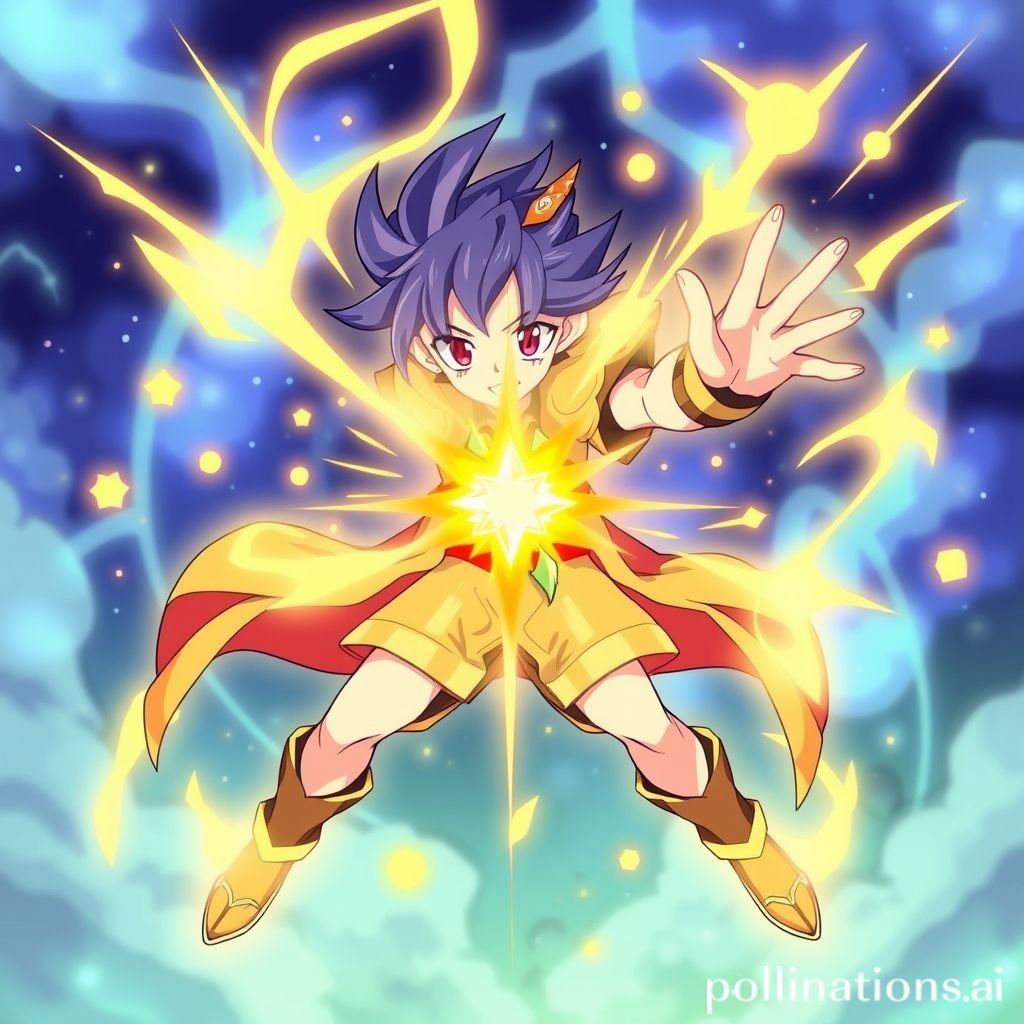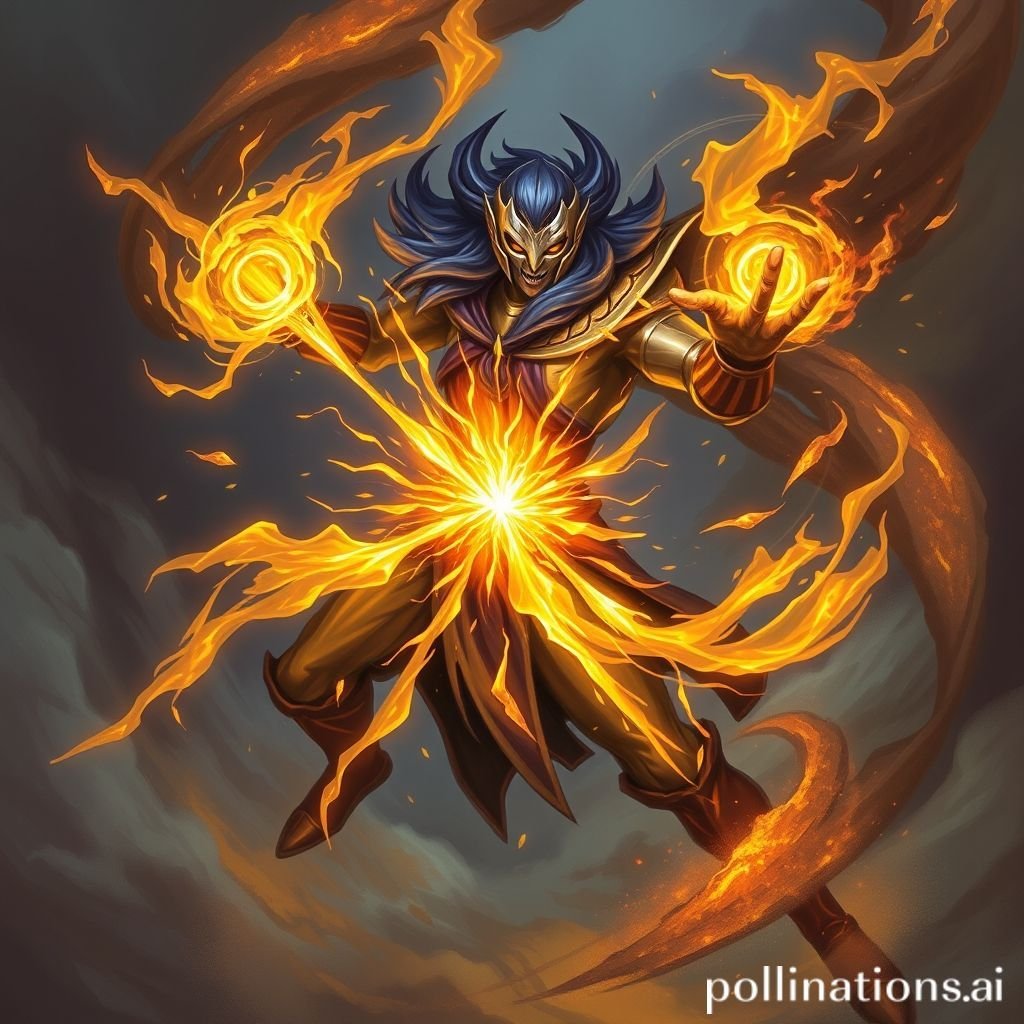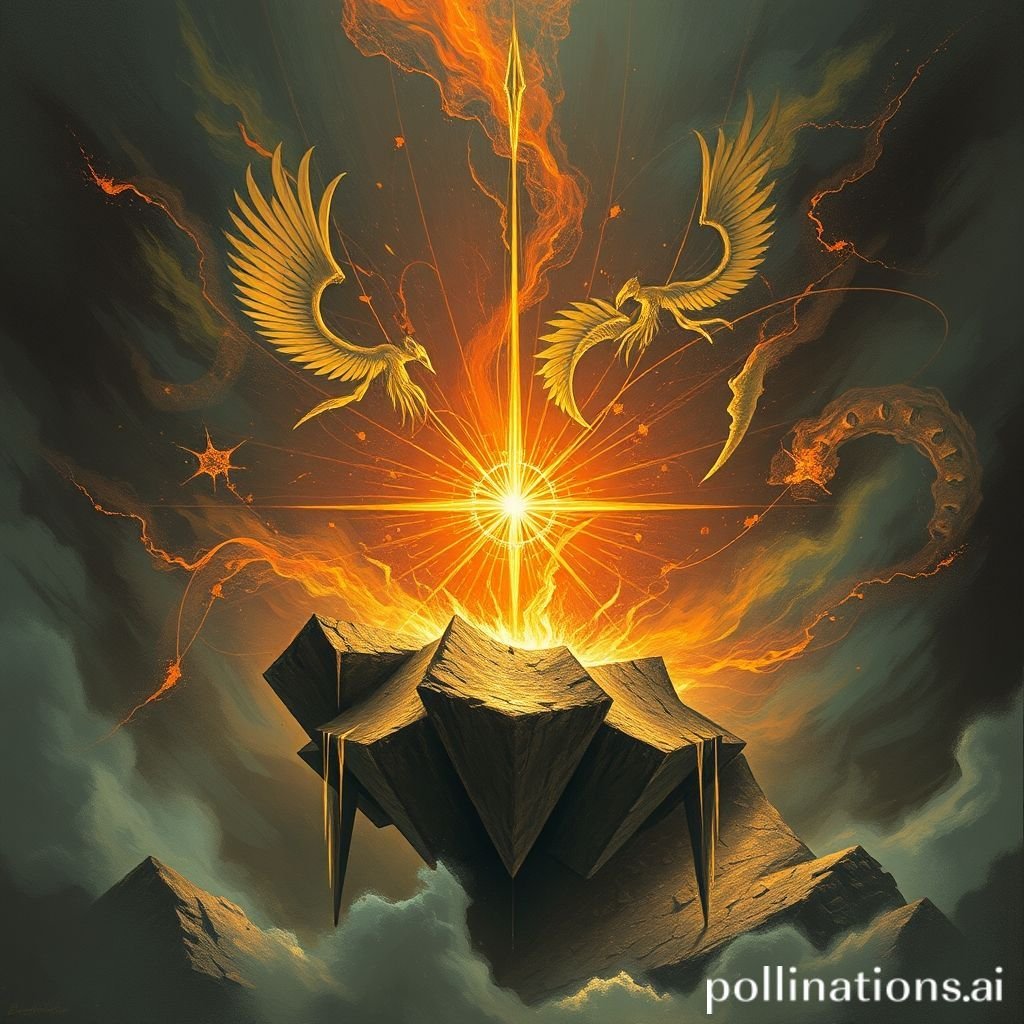Crafting Dynamic Anime Energy Beam Sound Effects
Master the art of creating impactful anime energy blast and beam attack sound effects for games and film. Discover production tips & more.
Introduction
The distinctive "Kamehameha" or "Final Flash" sound is instantly recognizable to any fan of anime. These powerful anime energy beam sound effects are more than just noise; they are crucial narrative tools, defining character strength, intensifying action sequences, and providing satisfying sensory feedback. Practical applications span across various media, from blockbuster anime series and animated films to video games and even interactive VR experiences. Crafting these iconic audio effects requires a blend of technical skill and creative imagination, ensuring each anime-inspired energy blast resonates with power and precision.
Applications in Media
The anime energy beam sound effect is a versatile staple in modern media, transcending its origin to become a universal symbol of concentrated power. Its careful implementation can elevate a scene from merely visually impressive to truly unforgettable.
Industry-Specific Uses
In anime television series and films, these sounds are paramount. They punctuate climactic battles, signify the unleashing of ultimate techniques, and differentiate individual character abilities. A distinct beam attack sound can become synonymous with a hero or villain, instantly recognized by the audience. For video games, the "anime energy beam" is even more interactive. It provides critical feedback to players about successful hits, charging states, and the impending doom of an enemy's special move. Whether it’s a magic spell being cast in a fantasy RPG or a laser cannon firing in sci-fi combat, the sonic design reinforces gameplay mechanics and player immersion. Beyond traditional media, these sound effects find homes in mobile games, AR/VR experiences, and even live theatrical productions, wherever dynamic, impactful combat audio is required.
Creative Techniques
The art of deploying an anime energy beam sound effect lies in understanding its narrative function. It's not just about a loud bang; it’s about building tension, releasing it with explosive impact, and then allowing the sound to dissipate, leaving a lingering sense of power. Sound designers often use varying intensities and durations of the energy blast to communicate the power level of an attack—a small pulse might be quick and sharp, while a world-shattering beam attack could have a prolonged charge-up, sustained roar, and an echoing decay. Furthermore, integrating subtle musical elements or character vocalizations can imbue the sound with unique personality, solidifying its place within the broader anime soundscape.
Technical Analysis
Deconstructing the "anime energy beam" sound effect reveals a fascinating interplay of sonic characteristics, crucial for effective replication and creation. Understanding these technical nuances is key to producing a truly impactful anime audio effect.
Waveform Characteristics
At its core, an anime energy beam sound effect typically features a distinct three-part structure: a transient attack, a sustained body, and a decaying release. The initial transient is often sharp and percussive, signaling the moment of initiation or impact. This is followed by a rich, sustained waveform that denotes the ongoing energy blast or beam attack, often characterized by complex harmonic content. Finally, the decay phase sees the sound gradually fade, sometimes with a reverberant tail or a final, brief burst. Visualizing this on a digital audio workstation (DAW) shows a dynamic envelope, with high peaks for impact and a more consistent amplitude during the sustained phase. The image alt text below describes a common visual representation:

Frequency Profile
The frequency spectrum of an effective anime energy beam is broad and carefully balanced. Low frequencies (bass) provide the essential "oomph" and weight, making the energy blast feel grounded and powerful. Mid-range frequencies are where the primary character and presence of the sound reside; these often contain complex harmonics that give the beam its unique "sizzle" or "roar." High frequencies contribute sparkle, clarity, and a sense of electrical energy or ethereal glow, often incorporating elements of white noise or high-pitched synthetic tones. Balancing these ranges ensures the anime sound cuts through a mix without overwhelming other elements, maintaining its impact across various playback systems.
Production Tips
Creating compelling anime energy beam sound effects requires a blend of creative layering and strategic use of software tools. The goal is to forge a sound that feels both alien and incredibly powerful.
Recording/Editing
Effective anime sound design often begins with unexpected source material. Instead of synthesizing everything, try recording real-world sounds like electrical arcs, high-pressure air releases, manipulated animal growls, or even mundane mechanical whirs. These can form the foundational layers. Once recorded, meticulous editing is key. This involves precise cuts, fades, and time-stretching to shape the raw audio. Pitch shifting can dramatically alter the perception of power and speed, while granular synthesis can add shimmering or crackling textures. Layering multiple distinct elements—a whoosh, a crackle, a roar, and a synthetic hum—is fundamental to building a complex and satisfying anime beam attack.
Software Tools
Digital Audio Workstations (DAWs) like Pro Tools, Logic Pro, or Ableton Live are essential for assembling and processing these intricate sounds. Synthesizers, both hardware and software, are indispensable for crafting the core tonal elements of an energy blast or magic spell. FM synthesis can create metallic, futuristic zaps, while wavetable synths are excellent for evolving, shimmering textures suitable for sci-fi combat. Plugins are the final touch: EQs to sculpt the frequency profile, compressors to control dynamics and add punch, reverbs and delays to place the sound in a space and add a sense of scale, and specialized effects like flangers or phasers to create unique, otherworldly sonic characteristics. For more advanced tools and libraries, explore resources like Pro Sound Effects.
Creative Implementation
Beyond the technical build, how an anime energy beam is implemented creatively defines its ultimate impact and memorability in a scene.
Layering Methods
The art of building an anime beam attack often involves a multi-stage layering process. Start with a "charge-up" sound: a rising tension created by a gradual pitch shift, increasing volume, or a buildup of electrical crackles. This prepares the listener for the main event. The "beam core" itself is the sustained, powerful element, often a complex mix of synthesized tones, filtered noise, and processed real-world recordings. The "impact" layer is crucial for the moment the energy blast connects; this can be a sharp, percussive sound combined with an explosion or a shattering effect. Finally, the "dissipation" or "decay" phase allows the sound to linger, echoing or fading with a sense of residual energy. Integrating character-specific vocalizations (e.g., a "HAAA!" from an anime hero) can further personalize the sound.
Spatial Effects
Placing the anime energy beam realistically within a soundscape enhances immersion. Reverb is vital for defining the environment, making the sound feel like it's in a vast cavern, an open field, or a confined spaceship corridor. Short delays can add a subtle trailing effect, suggesting the immense speed of the beam attack. Panning allows the sound to move across the stereo (or surround) field, following the visual trajectory of the beam. Techniques like filtering and volume automation can simulate distance, making an energy blast sound more muffled and quieter as it moves further away, or sharper and louder as it approaches. These spatial effects are key to a truly cinematic anime sound experience.
Sound Pack Integration
For game developers and filmmakers, readily available sound packs offer invaluable resources for rapid prototyping and final production, especially for complex audio like an anime energy beam.
Using with Other Sounds
An anime energy beam effect rarely stands alone in a mix. It needs to integrate seamlessly with other audio elements to create a cohesive soundscape. This includes character grunts or shouts, the sounds of debris scattering, environmental ambiences, and background music. When using sounds from a pack, consider how different versions of an energy blast might fit different power levels, or how a single beam attack can be augmented by a percussive impact effect from another section of the pack. The key is balance and synergy, ensuring each sound supports the overall narrative without clashing. You can find many Related anime sounds and other UI sound effects to complement your combat audio.
Complete Collection
Investing in a complete sound pack provides a comprehensive library of related sounds, ensuring consistency in your project's audio design. A full collection for anime combat might include not only varied energy blast and beam attack sounds but also whooshes, impacts, character efforts, and even magic spell effects, providing a unified sonic palette. This saves considerable time and ensures that all your sci-fi combat or fantasy anime audio elements share a similar aesthetic and production quality. Get the full sound pack for comprehensive audio solutions.
FAQ
Q1: What are the key components of an impactful anime energy beam sound effect? A1: An impactful anime energy beam typically comprises a distinct charge-up, a powerful sustained energy blast core, and an explosive impact followed by a decaying tail.
Q2: How can I make my anime energy blast sound unique? A2: To make your anime energy blast unique, experiment with layering unexpected sounds, applying unique processing, and integrating subtle character-specific vocalizations or synth elements tailored to your anime style.
Q3: Are these types of sound effects only for anime? A3: While originating in anime, these dynamic beam attack and energy blast effects are highly versatile and widely used in video games (for magic spell or sci-fi combat), films, and other multimedia projects requiring powerful, stylized energy weapon sounds.
Q4: What software is best for creating anime sound effects? A4: Digital Audio Workstations (DAWs) like Pro Tools, Logic, or Ableton Live are essential, alongside synthesizers and various audio plugins for effects like EQ, compression, reverb, and unique modulation for your anime sound design.
Q5: How important is sound design for a beam attack in a game? A5: Sound design is critically important for a beam attack in a game, providing crucial player feedback, enhancing immersion, communicating power levels, and contributing significantly to the overall impact and satisfaction of sci-fi combat or fantasy encounters.




